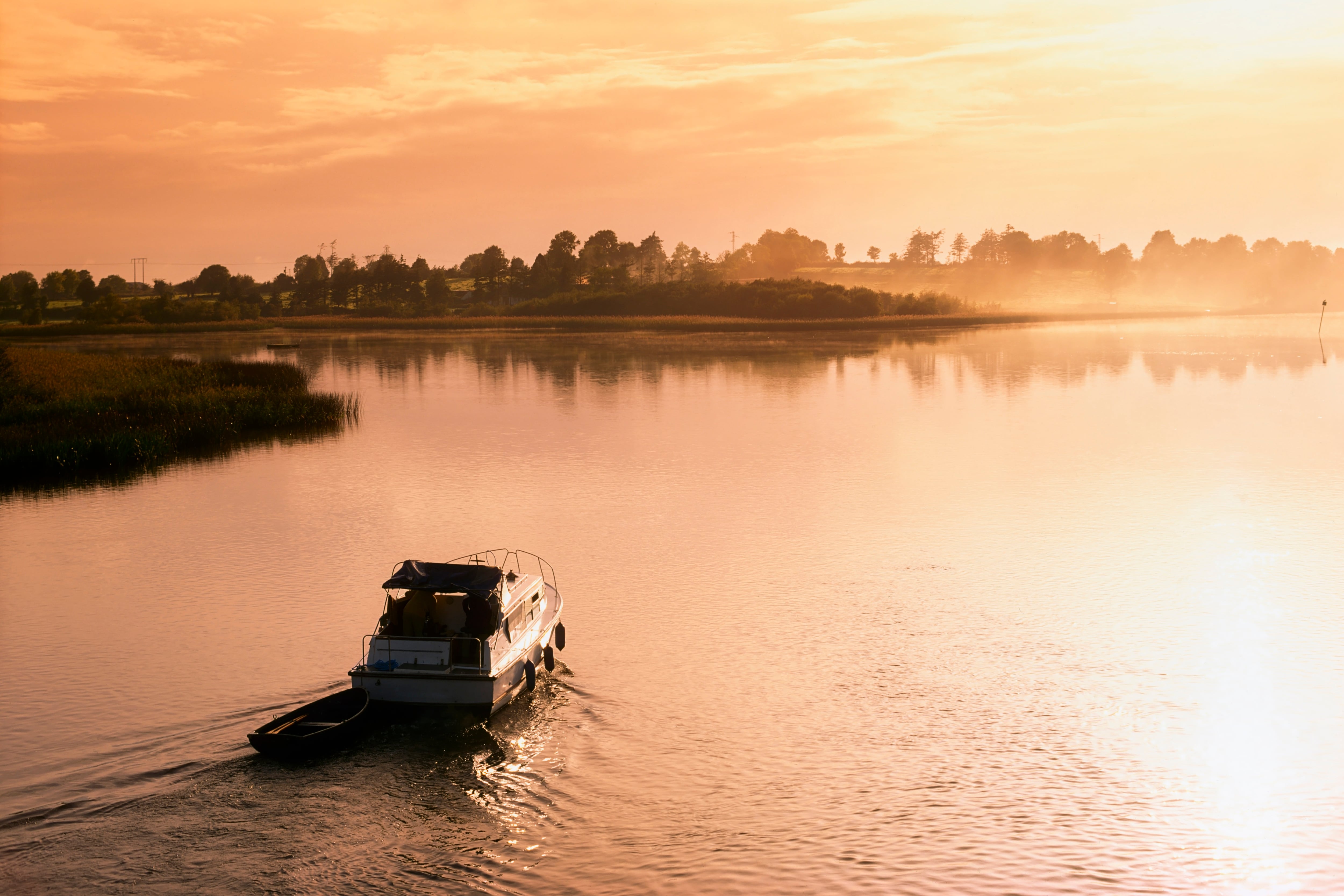The passing of the European Union nature restoration law (NRL), whooshed across the line by the Austrian minister for environment who voted in favour of it against the wishes of her coalition partners, marks the end of months of deadlock and years of tumultuous negotiations. By law, 30 per cent of habitats in poor condition across the EU must now be restored by 2030, increasing to 90 per cent by 2050.
Last year, a majority of TDs across all parties voted for the law, with just nine voting against it. But the bog restoration measures have caused deep concern among some farm groups. It reached a fever pitch at a meeting on the proposed law in Ballinasloe, Co Galway, during which an audience member called for Eamon Ryan to be “thrown off the Cliffs of Moher”. Overall, though, we haven’t seen the kind of disquiet on show in other countries. In Belgium, for example, police were sprayed with eggs and manure by farmers complaining about what they see as intrusive environmental laws.
But buckle up, because the hard part is about to begin. The Irish Government has two years to develop a detailed plan for the EU Commission to show how we will meet the targets. And it’s here that past failures might come back to haunt us.
[ What impact will the EU nature restoration law have on Ireland?Opens in new window ]
Up to 2030, restoration of lands designated for nature will be the priority, and in Ireland most of these are along the western seaboard. For farmers on these protected sites, the prospect of this new law stirs up bad memories. In the past, their families were given grants and encouraged to drain the peaty soils and fertilise the lowlands. They followed the advice to specialise; the more animals they kept, the more money they got.
READ MORE
Then, in the 1990s, the State told them their lands had been designated for nature. Often, this came without any meaningful consultation, resulting in restrictions on how they could operate. They had to ask permission to do specific actions on their land, which meant more paperwork and a financial cost. Perhaps worse still, whatever measures and public money were put into these lands haven’t worked; the vast majority of our designated sites are now in an unfavourable condition.
Unsurprisingly, there is little trust in government. In the face of this new law, some farmers will shake their heads, roll their eyes and think “no way, not this again”.
But there is hope. As EU member states knuckle down to draw up their restoration plans, they will undoubtedly look to the Burren Programme, a pioneering and successful Irish project that put farmers at the centre of conservation – a proven example of how they can become leading lights in nature restoration.
The Burren Programme was set up in 2004 by Dr Brendan Dunford and the Irish Farmers Association’s Michael Davoren. It began in 1999, when Dunford, then a young ecologist undertaking his PhD, reached out to Burren farmers to understand what they needed to move towards more nature-friendly farming practices.
What Dunford learned formed the basis of the programme, which had simple ideas at its core: it was farmer-led, locally supported, and paperwork was minimised. The farmers controlled how they farmed; what mattered was the outcome. The more nature-rich their fields, the more public money they got. A local office with a team of scientists, advisers and administrators dealt with paperwork and regulations. Farmers could use their advice to write simple, one-page farm plans.
This decentralisation away from Dublin saved money and time because departments, agencies and local councils no longer had to deal with individual farmers’ questions and concerns. The local team did the work for them.
Between 2010 and 2022, farm fields in the scheme became more biodiverse. Rare species reappeared, and farmers felt valued and celebrated. All of this was achieved with a relatively small allocation of public funds from the Department of Agriculture.
As the Government begins to write our nature restoration plan, you’d imagine civil servants and politicians would be delighted to use the Burren Programme – described by Minister for Agriculture Charlie McConalogue as “best in class across the EU for its approach to working with farmers to conserve and promote biodiversity” – as the basis for an Irish plan.
Instead, in 2022, the Department of Agriculture decided to abandon the Burren Programme, replacing it with a new environmental scheme called Acres, funded using public money. Within 12 months, biodiversity on farms in the Burren sharply dropped.
Farmers are livid. “It took 20 years to build that trust up, and it’s been taken away in a year-and-a-half,” Michael Davoren says. “Farmers in the Burren will never again trust the Department of Agriculture to deliver anything.” It’s an exact repeat of the mistakes made by the State when land was designated in the 1990s, and it will take a considerable effort to rebuild trust and convince farmers that a proposed nature restoration plan will work.
[ Nature restoration law will affect almost 9% of Irish landOpens in new window ]
We don’t have time to fail, 2030 will creep up sooner than we think, so whatever plan is put in place, it must be proven to succeed. The Burren Programme should be reinstated, this time with a larger budget and long-term commitment – perhaps 20 years minimum – and then be used as a basis for a countrywide restoration plan on farmland.
In Dunford and Davoren, we have trusted figures, respected by farmers nationwide, who understand what it takes to get the job done, and the importance of delivering results when public money is involved.
This EU award-winning programme has performed well for farmers and nature. The Government should use our money to fund what works, then step out of the way.













